#weird science facts
Photo

Did you know? Platypuses Fluoresce Under UV Light! Their dense fur protects them in cold water and normally appears to be brown. However, under a black light (ultraviolet light) it glows teal. Unlike the presence of venom, which only the males have, all platypuses possess this biofluorescence. This was only just discovered in 2020. They are one of just a few mammal species known to have this trait.
#platypus#perry the platypus#fluorescent#fluorescence#biofluorescence#playpus fact#animal facts#science#science facts#weird science facts#phineas and ferb
52 notes
·
View notes
Text
fun fact 6: your tongue might be sentient. No one is really sure.
3 notes
·
View notes
Text

Sunshine State residents, do you recognize this little neighbor? It’s the Florida softshell turtle (Apalone ferox)! Unlike many turtles, you might find this critter darting about on land or swimming rapidly in water. Its hydrodynamic, flattened shell, and four strongly-webbed feet help it to move swiftly. Softshells stick mostly to water and have long necks and snouts that they poke above the surface, like a snorkel, to breathe. Juveniles have more contrasting color patterns than adults: their carapace, or shell, can be olive, tan, or light brown with spots and a yellow rim.
Photo: kimberry, CC BY-NC 4.0, iNaturalist
#science#nature#natural history#animals#did you know#fact of the day#turtles#herpetology#florida#cool animals#weird animals#reptile
3K notes
·
View notes
Note
My mother and I have two masters degrees between us and yet somehow we could not figure out if frogs have lungs or not.
Can you help settle the debate?
All frogs have lungs except one! The bizarre Barbourula kalimantanensis is the only known frog to lack lungs. It makes up for this by being heckin' flat, basically imitating the bizarre pipids.

#the more you know#science#animals#frogs#frog facts with Mark#Barbourula is just such a great genus name#this is a really weird frog#and I heckin' love it#Barbourula#Barbourula kalimantanensis#Chien C. Lee
3K notes
·
View notes
Text
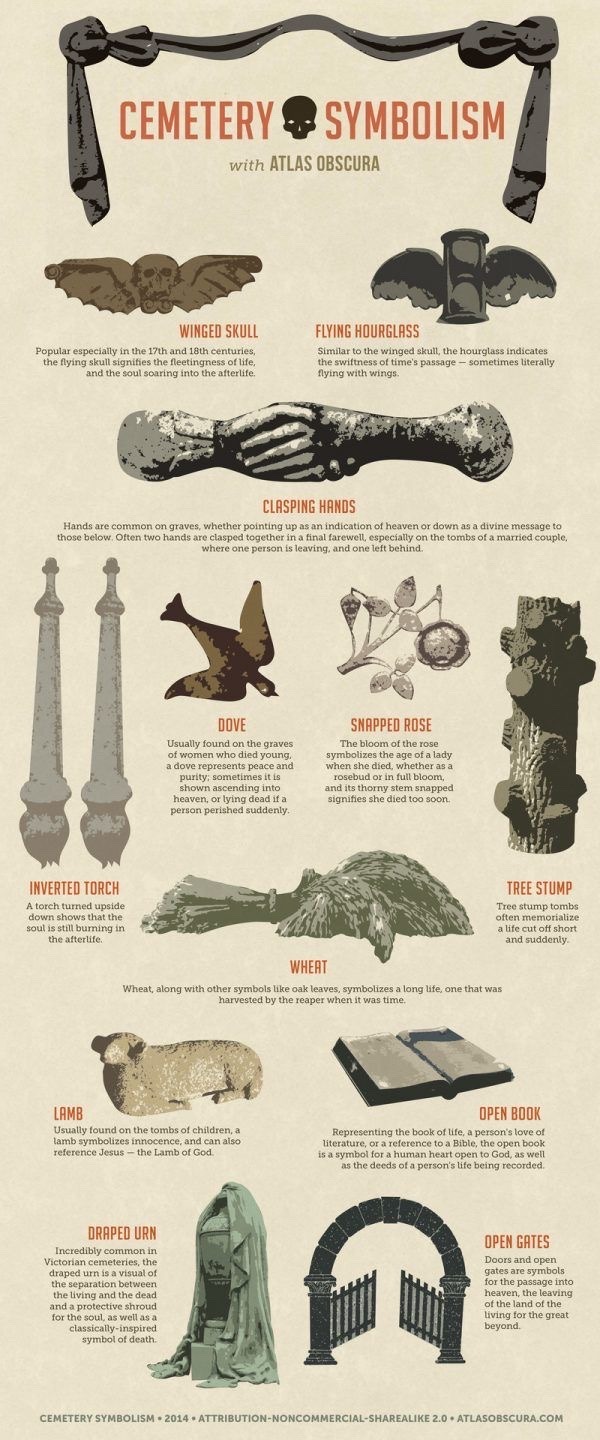
#cannibalistic#medicine#gore lover#mortician#teeth#tumblr girls#art#artists on tumblr#weird art#cemetery#mortuary science#symbols#girlblogging#facts
400 notes
·
View notes
Text
i learned that after eating the Miracle Berry, very sour foods will taste sweet for 15 to 30 minutes. "Miracle fruit" or Synsepalum dulcificum releases a sweetening potency that alters the taste buds. For about 15 to 30 minutes, everything sour is sweet. Lemons lose their zing and taste like candy (x)
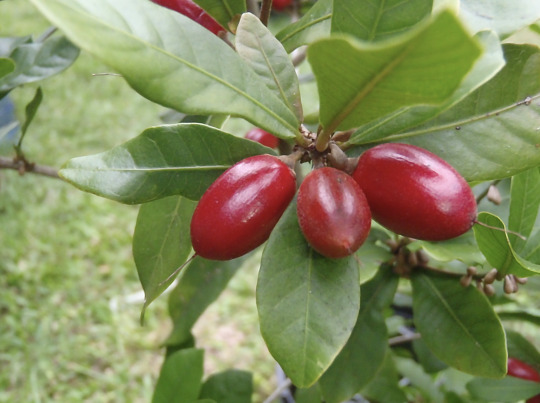
930 notes
·
View notes
Text






just some damp, sweaty boys because i was compelled by homosexuality as well as this post by @astarionformayor ദ്ദി ˉ͈̀꒳ˉ͈́ )✧
#bg3#astarion ancunin#gale dekarios#bg3 gale#bg3 astarion#bg3 photography#the fact that i have so much genuinely good photography from this game but this is the first bit i'm choosing to post says A LOT i fear lma#but i mean.... come on who doesn't love sweaty old men#my game was casting a weird shadow on their hairlines/faces so i used a vignette effect to try and distract from that somewhat??#i'll have to try and get better shots when i'm not running off 0 sleep & academic spite lololol#but i hope you enjoy these OP!!! :3#bloodweave#...sorta??#implied bloodweave LOL#i also tried to use the outfits OP had them in just for their sake#but i wanna go back and take more shots in that area w like#the harness underwear n some other fits... for... yakno......science.......#bg3 vi#bg3 virtual photography#bg3 photomode#bg3 freecam#my posts#my photos
100 notes
·
View notes
Text
Humans are dumb and predictable, we use it to learn.
So honestly one of my favorite parts about being an Anthropology Student and looking specifically into Paeleoanthropology is that we know the common human behaviors that have been done even though it like, damages our teeth and bones but we do it anyways and use that to determine things about us and others.
One of these things is that Humans, even though it is damaging to our teeth tend to use our chompers as a Third Hand, like we hold onto so much stuff with it when we want to hold it steady or just dont have the room in our hands for it. We have been doing this hundreds of thousands of years and Paleoanthropologists in Spain have used that to determine if Homo Heidelbergensis, our Most Recent Hominin Ancestor(Basically the transition between Erectus and Sapiens) was mainly right handed or left handed.
What they did was look at the damage marks fossilized teeth had, and saw the patterns, different damage patterns emerging if your holding say a bone in your teeth as you scrape the meat off of it with your stone tool. Weather your scraping with your left or right hand makes a distinctive pattern, and through that you can determine which hand they favored.
As it turns out Heidelbergensis was largely Right handed! or at least the population that is in Sima De Los Huesos in Spain.
#science#anthropology#archeolo#paleoanthropology#fun facts#humans are weird#humans are dumb#College#i'm procrastinating
175 notes
·
View notes
Text

Cetomimidae or Flabby Whalefish
When transitioning from their juvenile form to their adult form, male Whalefish lose their mouths, esophagus, and stomachs! Their jaws fuse closed and they rely on the food they ate as juveniles in adulthood. It's believed this evolved due to little food resource in their habitat- the deep sea.
#marine biology#marine bio#marine ecology#marine life#animals#fish#fish facts#flabby whalefish#flabby whale fish#weird animals#weird fish#icthyology#zoology#science#biology#ecology#earth#wildlife#ocean#oceans#sea#seas#sea animals#sea creatures#nature#fun fact#fun facts#deep sea#animal facts#conservation
646 notes
·
View notes
Text
The jellyfish lifecycle is wild

Female and male jellyfish release sperm and eggs into the water and then hope that they meet each other (some do this every goddamn day). Fertilised eggs turn into tiny sea worms, that swim down to the sea floor and find a spot to hang out and grow.
For a while they look like little anemones (called polyps), but when they're ready the polyp starts growing tiny, baby jellyfish in layers, and then popping them off into the ocean to live happy, brainless lives.
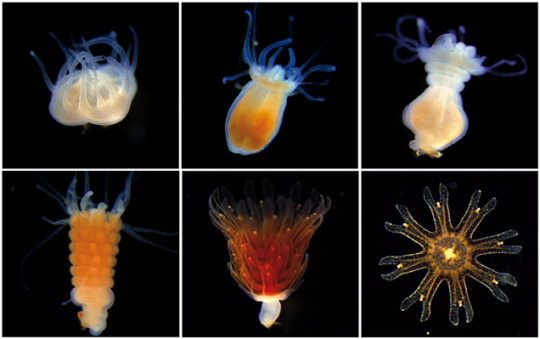
You can see the babies forming in this image. The polyp (top middle) attaches and starts making new jellyfish in rings stacked on top of each other (top right, bottom left). Eventually when they're fully formed (bottom middle/right) they can be released into the open ocean.
#honestly sea creatures are endlessly weird in the coolest ways#marine biology#biology#sea creatures#jellyfish#fun facts#science#photo by @nikolasvako#figure from this paper: “Regulation of Polyp-to-Jellyfish Transition in Aurelia aurita” by Fuchs et al.
115 notes
·
View notes
Text
The only reason you can't do magic is because your brain tells you it's not possible. If you believed it 100%, you could do it
#maybe false facts#possibly true facts#fun facts#magic#witches#witch#witchcraft#witchcore#witch community#brains are weird#brain soup#brains are dumb#science#physics#science side of tumblr
48 notes
·
View notes
Photo

Did you know? The Sun Makes a Sound We can’t hear it because space is a vacuum. It sounds more like a hum than a roaring fire, and would be deafening if we could hear it, over 100 decibels even at this distance. If the Sun were to suddenly disappear, we would stop seeing its light after 8 minutes, but we would still hear the sound for almost 14 years, if we could hear it, that is.
4 notes
·
View notes
Text

Scientists discover sharks inside an underwater volcano
The footage obtained from the camera which was plunged 147 feet deep into the volcano revealed shivers of hammerhead and silky sharks swimming about along with various underwater life forms. And yes! Sharks! As in plural.
64 notes
·
View notes
Text
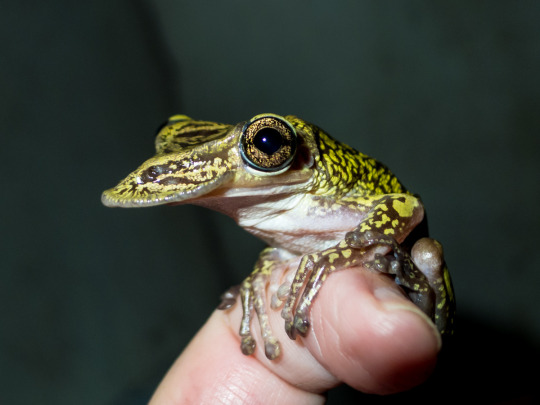
Snoot boopers, this one’s for you! Meet the duck-billed tree frog (Triprion spatulatus). Found on Mexico’s Pacific coast, this species inhabits altitudes of up to 1,640 ft (500 m). Arboreal and primarily nocturnal, it feeds on invertebrates including crickets, grasshoppers, and spiders. Scientists have observed this critter using its shovel-like head to plug the openings of its burrows, guarding itself while it rests inside, which is why it’s also known as the shovel-headed tree frog.
Photo: magazhu, CC BY-NC-ND 4.0, iNaturalist
#science#natural history#animals#frog#amphibians#animal kingdom#cool animals#fact of the day#animal facts#weird animals
2K notes
·
View notes
Text
george saying that champagne stings and that's why he walks away from the other drivers when they're on the podium and then him joking that he should get some [eye]glasses for the celebrations, baby you know you can just close your eyes right, you don't have to stare with open eyes into the champagne spray ❤️


#😭#i love his weird brain oh my god dude#the fact he starts out with 'idk if you noticed' and i was already like yeah i NOTICED stop doing it!!#anyway quick science break but do we think this is because his eyelashes soak up too much champagne#r
318 notes
·
View notes
Text
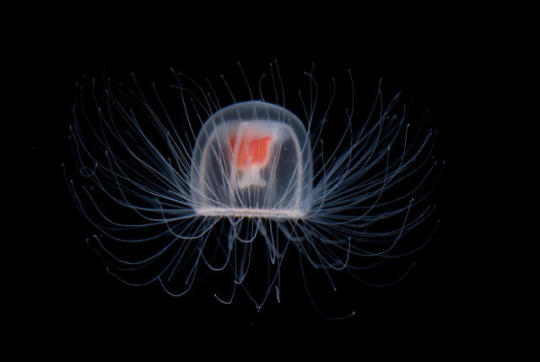
The Immortal Jellyfish
Like all jellyfish, Turritopsis dohrnii begins life as a larva, called a planula, which develops from a fertilized egg. A planula swims at first, then settles on the sea floor and grows into a cylindrical colony of polyps. These ultimately spawn free-swimming, genetically identical medusae���the animals we recognize as jellyfish—which grow to adulthood in a matter of weeks.
These tiny, transparent creatures have an extraordinary survival skill, though. In response to physical damage or even starvation, they take a leap back in their development process, transforming back into a polyp. In a process that looks remarkably like immortality, the born-again polyp colony eventually buds and releases medusae that are genetically identical to the injured adult. In fact, since this phenomenon was first observed in the 1990s, the species has come to be called “the immortal jellyfish.”
The cellular mechanism behind it—a rare process known as transdifferentiation—is of particular interest to scientists for its potential applications in medicine. By undergoing transdifferentiation, an adult cell, one that is specialized for a particular tissue, can become an entirely different type of specialized cell. It’s an efficient way of cell recycling and an important area of study in stem cell research that could help scientists replace cells that have been damaged by disease.
50 notes
·
View notes